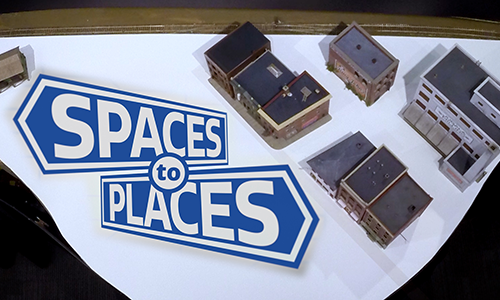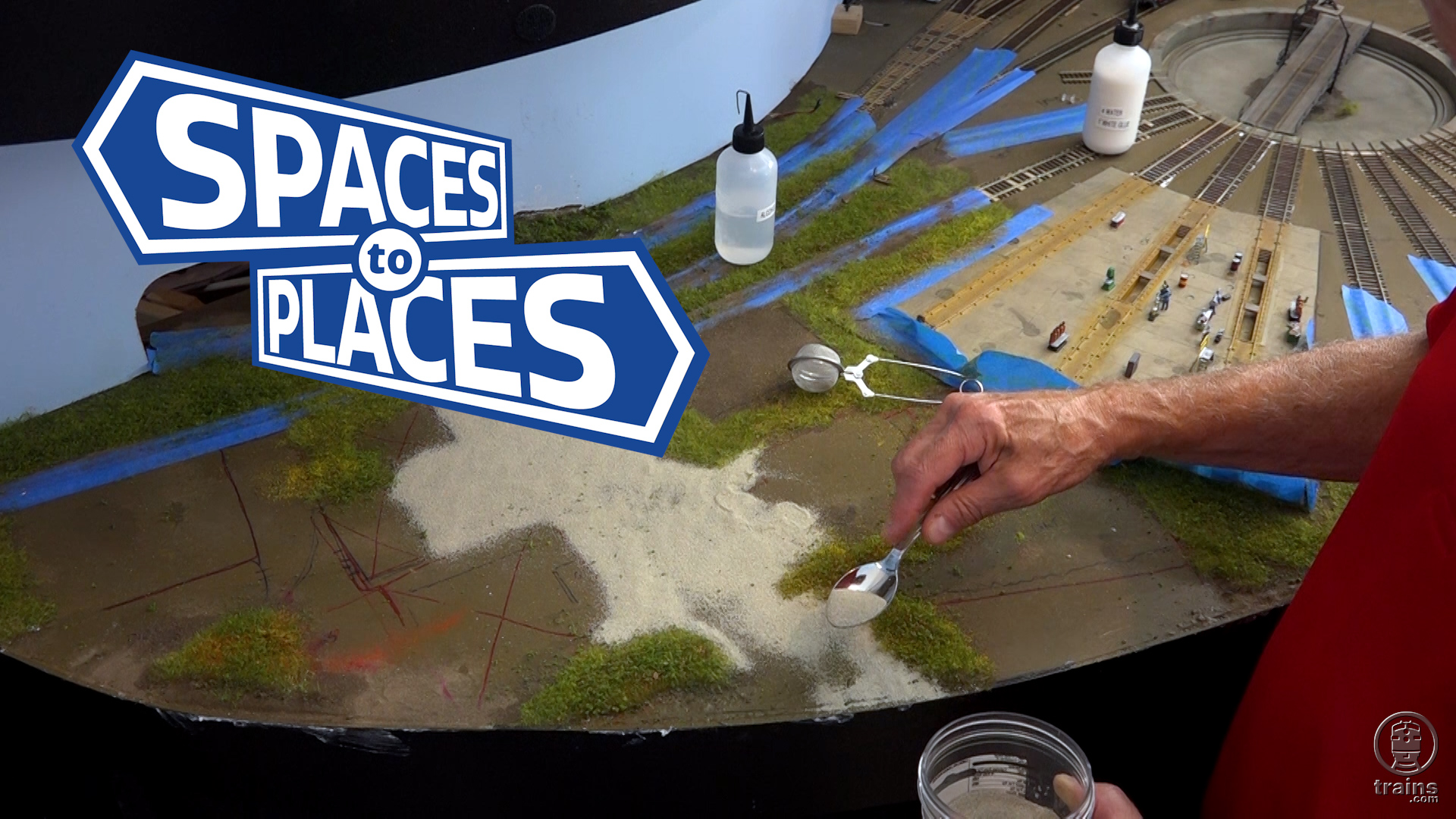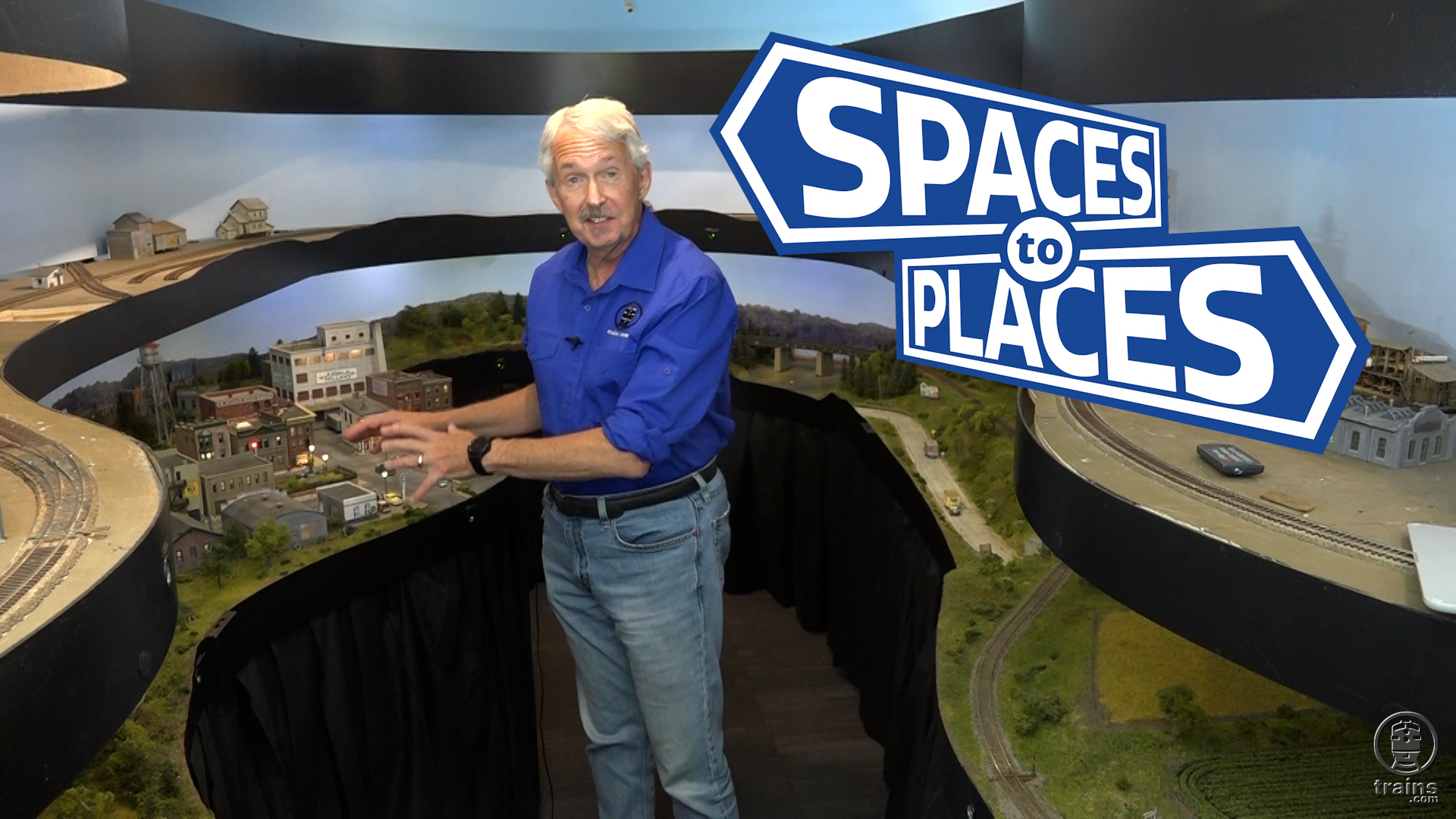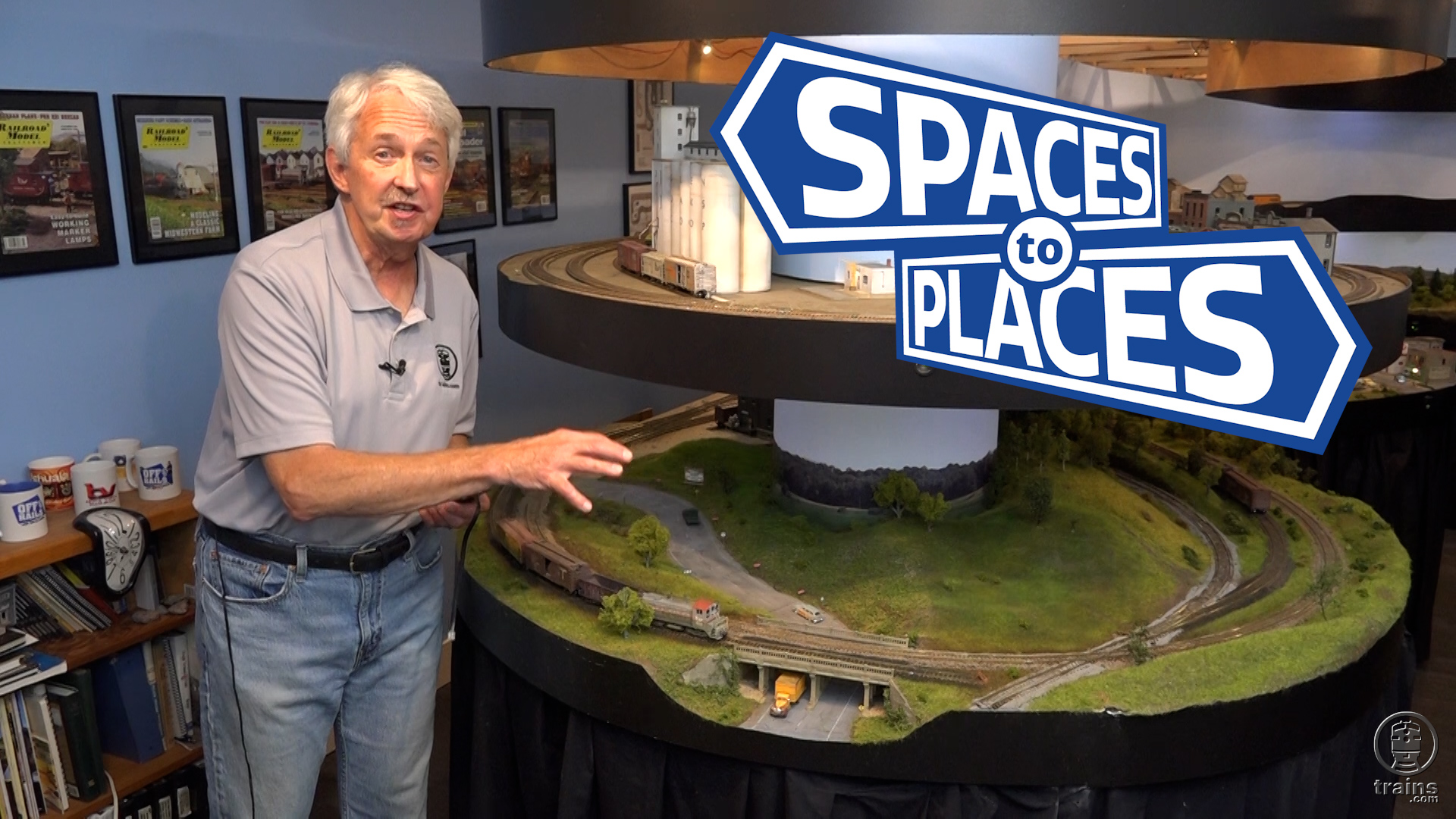The new town of Westcott has moved from concept to construction. Watch as host Gerry Leone shares how he initiated the development by laying out the town on a sheet styrene template. Learn helpful tips for arranging city streets, structures, and even rail-served industries. Plus, you’ll also glean insights for working with styrene or similar sheet material you can use to establish a foundation for a large, urban footprint on any layout!
Want to watch from the start of this project effort? Link to “Spaces to Places III” …only on Trains.com!











